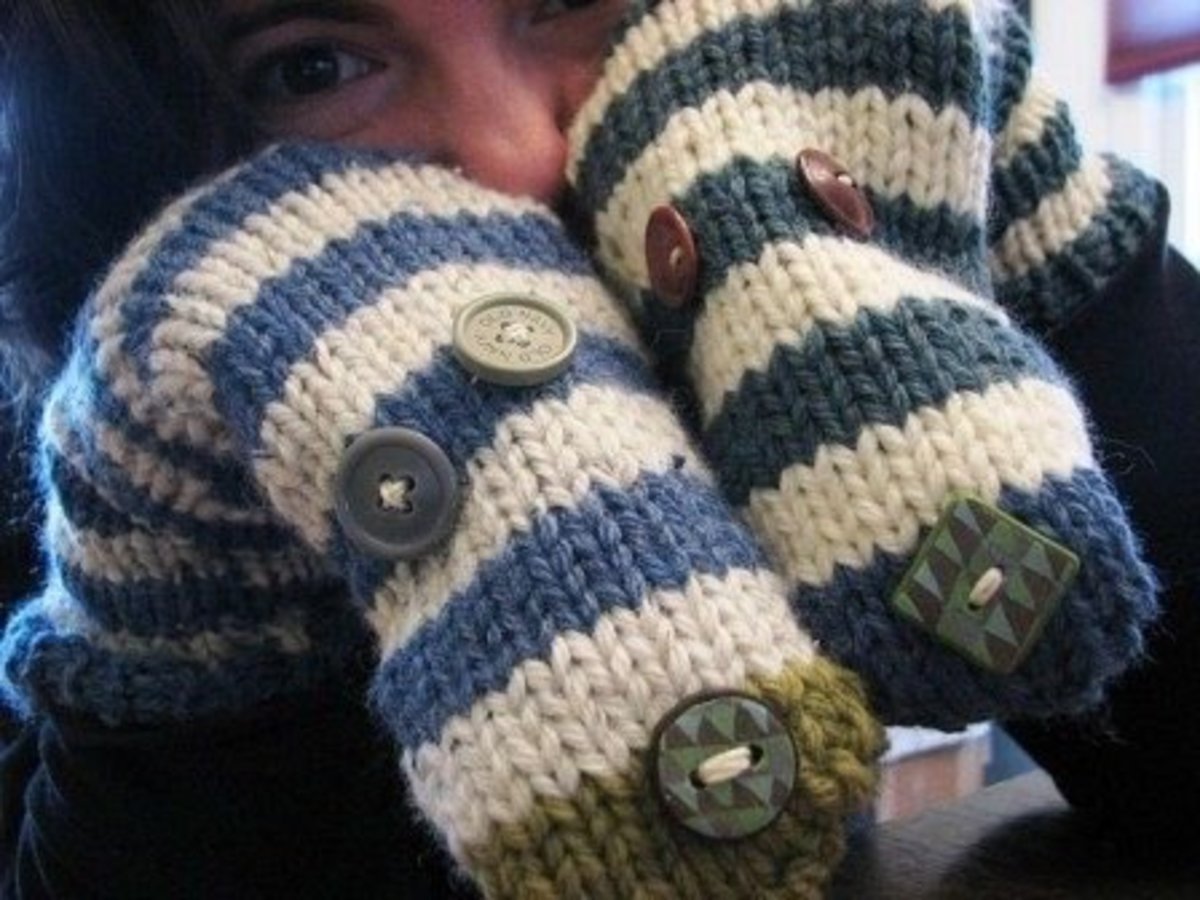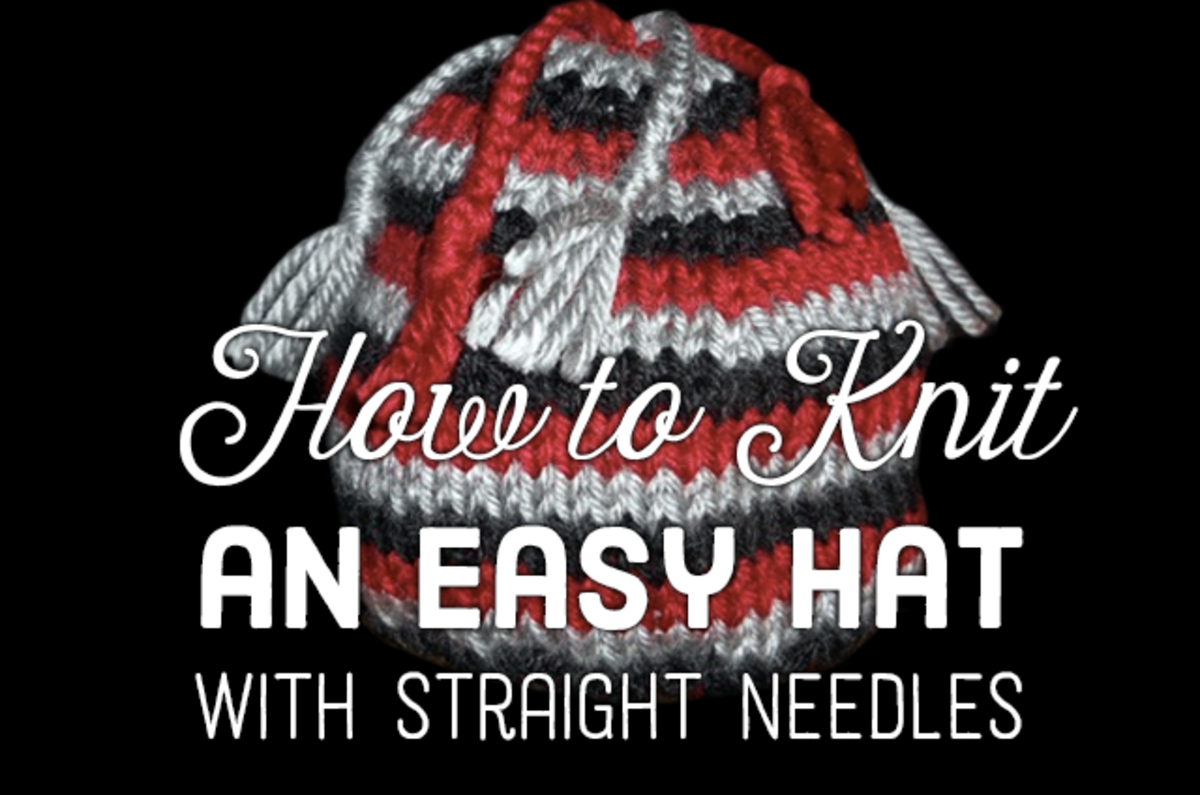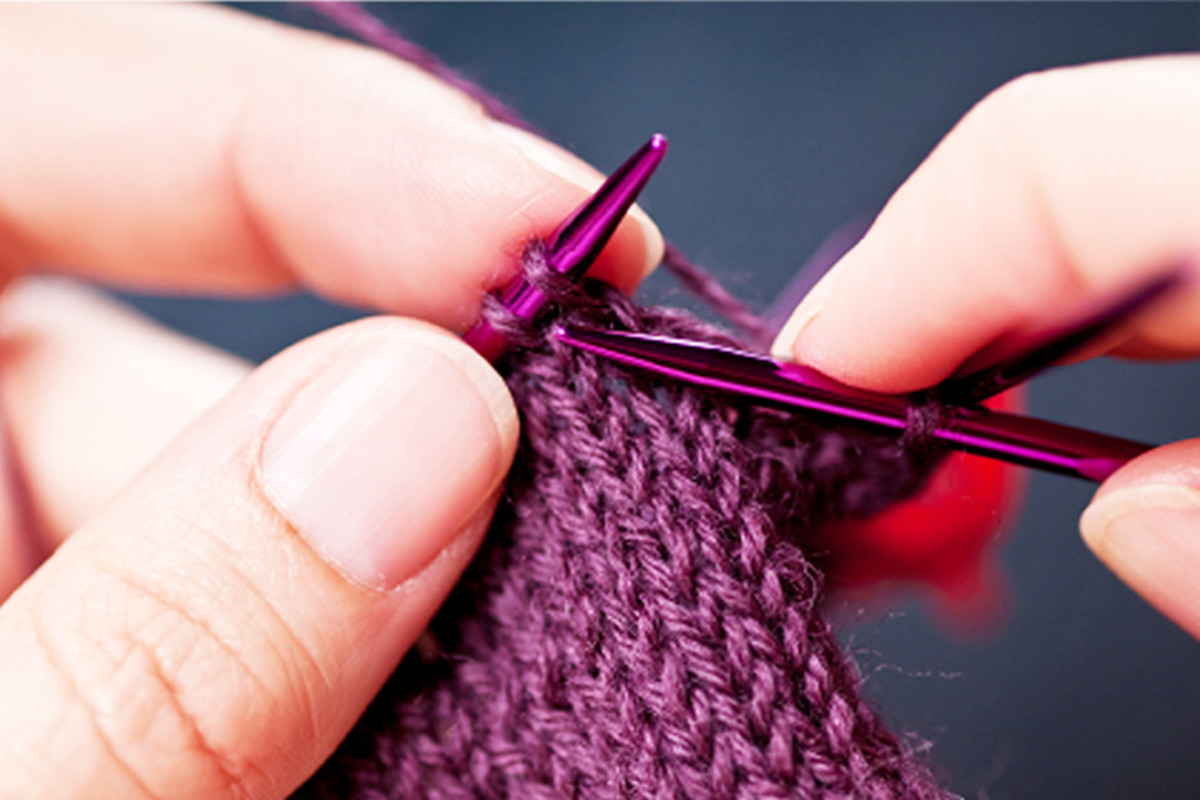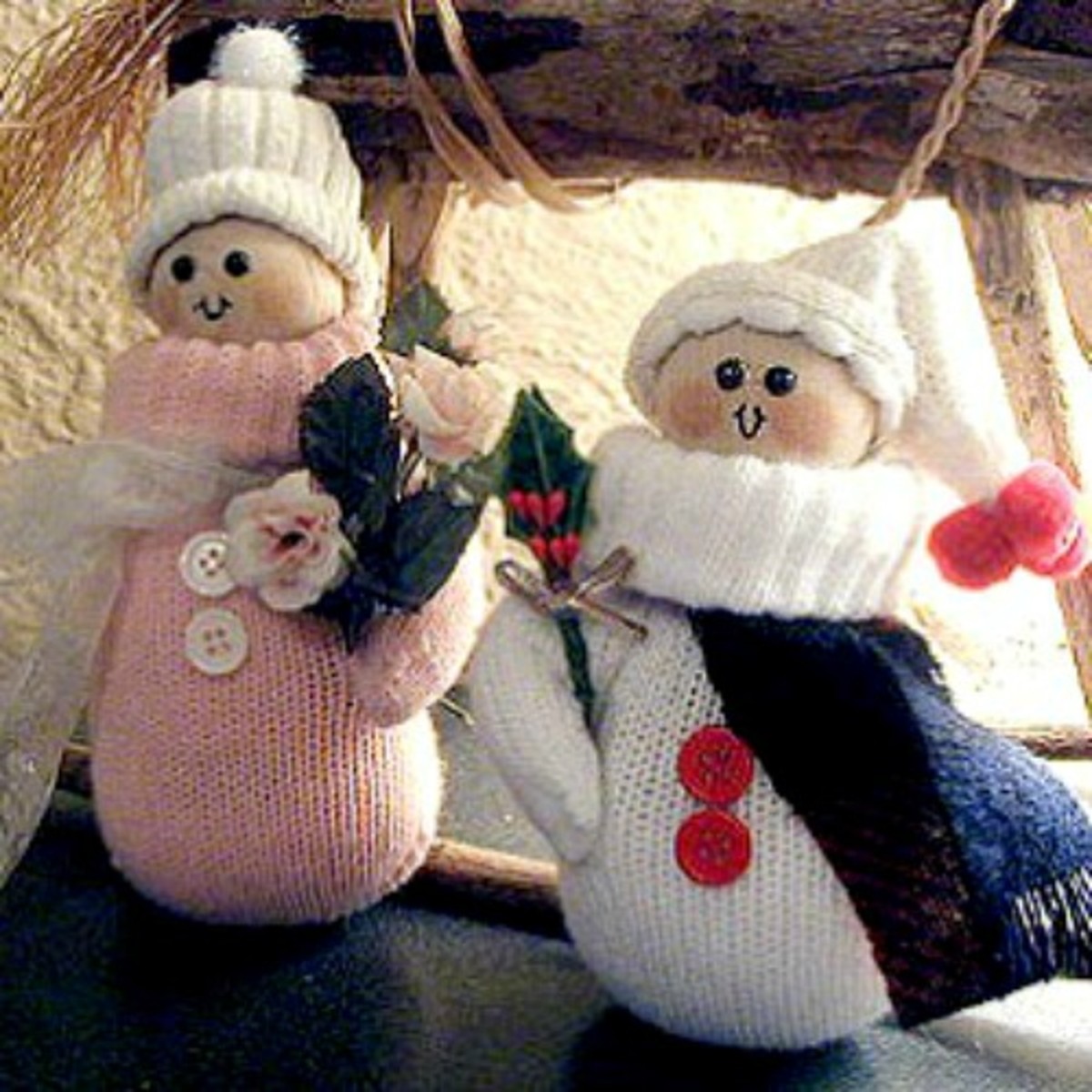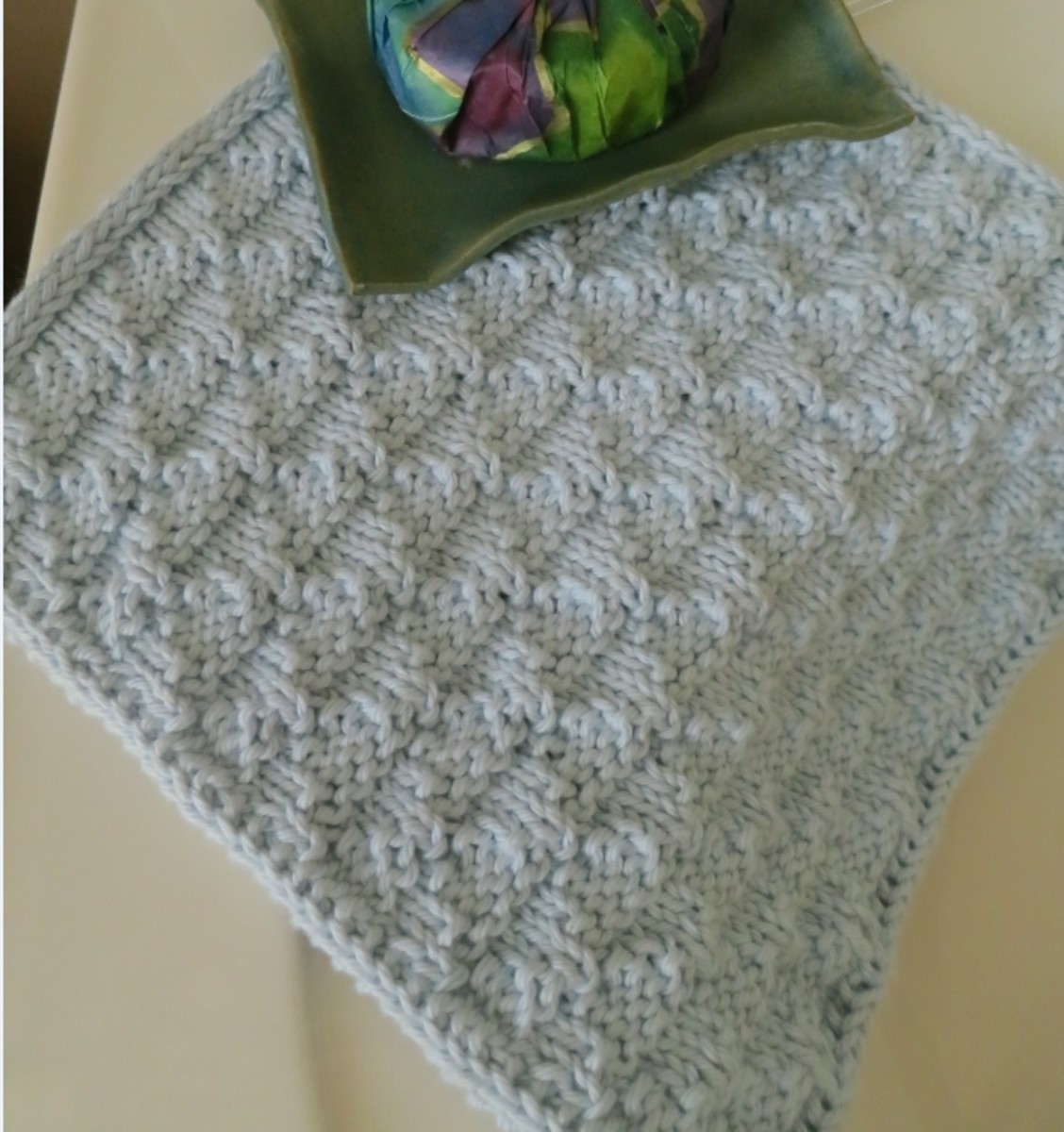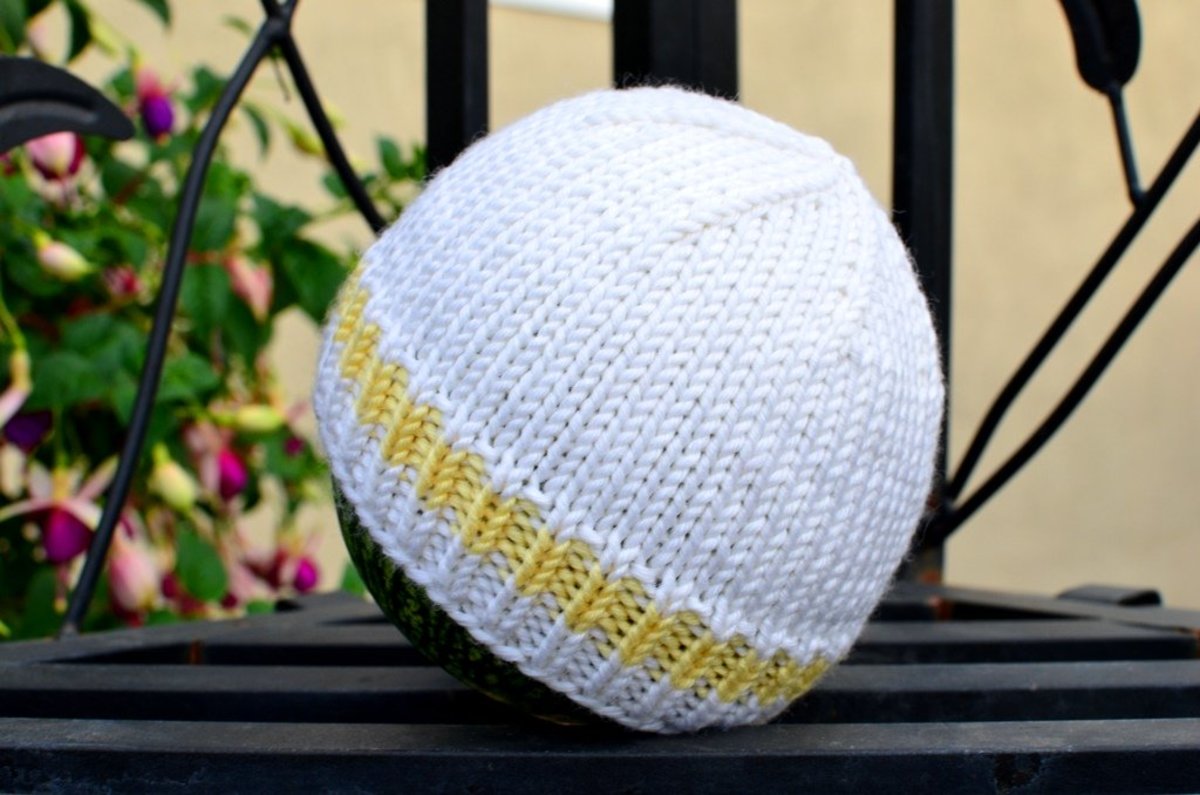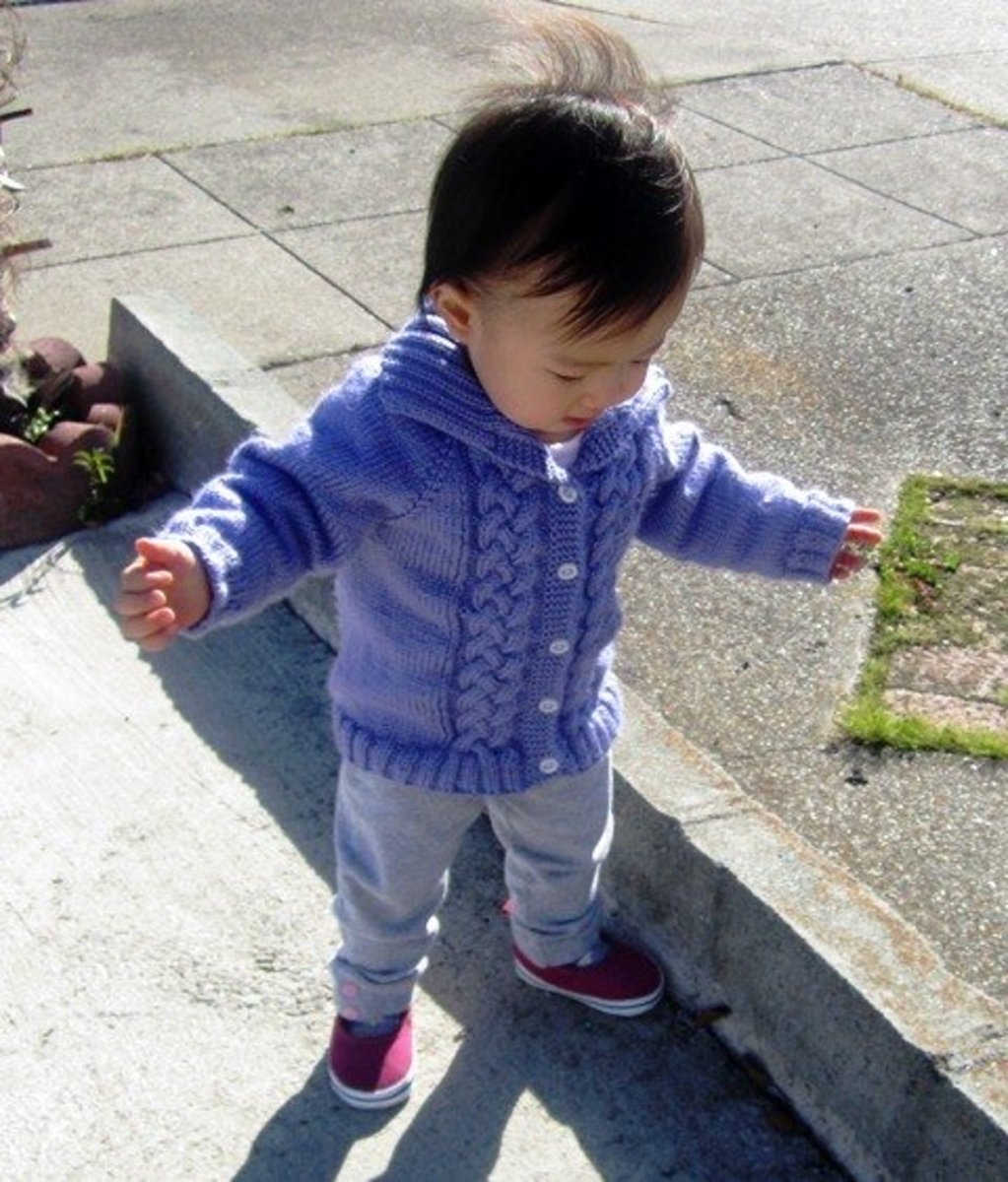- HubPages»
- Arts and Design»
- Crafts & Handiwork»
- Textiles
How to Knit a Mitten -- or Two
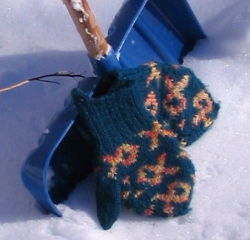
Knitting Books & Patterns for Mittens
As I write, summer is turning to fall in New England. Soon the snow will be flying, chilly hands will want mittens. For us knitters, it's time to get out the double pointed needles, find some wool, and get to work. It's mitten knitting season again.
In this article, I'll be reviewing books about how to knit mittens, mitten patterns, and adding some helpful tips I've learned during my years of mitten, and other knitting.
Do You Knit Mittens?
Parts of a Mitten
Mittens are usually knit from the cuff on the arm to the fingertips. An opening is left for the thumb, which is picked up and finished last.
- the ribbing or a wide patterned gauntlet
- the lower hand, which has increases to make room for the thumb
- at this point, the thumb stitches are usually put on hold and work continues on ...
- the upper hand and lower fingers are knit straight
- the mitten top, which is decreased to a closure
- Finally, the thumb is picked up, worked straight, and closed.
Mittens are shaped for each hand by choosing where to place the thumb opening. Your mitten pattern will tell you exactly where to do this.
Yarn for Mittens
The best yarn for mittens is a tough, tightly spun 100% wool yarn.
Sheep wool is one of the best fibers for warmth and toughness. Other fibers may be warmer, some are stronger, but nothing else combines the two properties well.
Wool can also be dyed in brilliant colors, or can be found in several undyed colors. It is slightly waterproof, and actually gives off a tiny bit of heat when damp!
The best wool yarn for mittens is not the best yarn for sweaters and scarves. Mitten yarn is a bit rough, almost scratchy. My favorite supplier is Bartlettyarns, a small Maine producer that has made yarn the same way for over 100 years. My own Bartlettyarns mittens lasted for over 10 years of New England winters, and I wore them for shoveling our driveway by hand every winter.
For kids, who might find Bartlettyarns too stiff or scratchy, I use standard yarn store 100% wool. knitting worsted (such as Cascade 220), knit to a tight gauge of 6 sts to the inch. Knitting at the gauge suggested on the label makes a fabric too soft and delicate for mittens. If you think you might be washing the mittens a lot, you can use Superwash wool.
Learning to Knit Mittens - Making mittens isn't hard, but there are knitting tricks
Knitting mittens requires learning several techniques that are not taught as part of a learn to knit class. These techniques are not difficult, but they look intimidating. A new mitten knitter needs to learn them in the least stressful way possible.
Working with double pointed needles seems very scary to many knitters - after all, there's no way to keep the needles from sliding out of the stitches! But after you work with them for a while, your tension adjusts and the stitches stay on. Wood needles are less slippery than metal. And there are special point protectors that keep your stitches secure when you put your work down.

Double Pointed Needles - Almost a necessity for mitten knitting
Bamboo needles are not slippery, and the stitches stay on them well. These sets appear to be an excellent value.

Double Pointed Needle Point Protectors
Keep your stitches together
There is a special type of knitting needle point protector that keeps double pointed needles together and prevents you from losing stitches. Here is a photo, taken from the StitchKeepers web site.
These are very handy, but a clever knitter has figured out how to make them. DIY double point holders
There are also small sweater-shaped point protectors that hold several needles together, or you can wrap a rubber band -- not too tightly -- from one end of all needles to the other. Or you can do as I do and trust your knitting bag to hold everything.
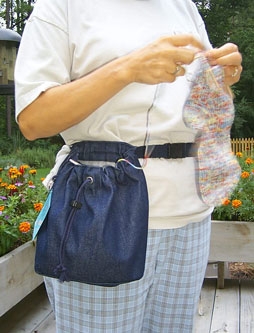
Where's Your WIP? - WIP = Work In Process
Here is my favorite knitting bag for small projects.
It comes with a belt long enough to use as a shoulder strap. It has internal pockets for needles, and a drawstring closure -- no velcro to snag your yarn. It's large enough for any small project: mittens, socks, hats, even a small sweater or vest. The new styles have a phone pocket (mine doesn't). You can buy it in denim (shown), tapestry fabric or leather (sometimes).
Basic Mittens, Plus - Easy mitten patterns to knit, plus a bit of challenge
Knitting Without Tears, mentioned above, teaches how to make a very simple mitten. For some knitters, this is enough instruction before moving to more advanced techniques. Other knitters need a bit more detail.

Mitten Tips
• Make mittens for small children in threes or fours, so there's a spare if one is lost.
• For small children, make a cord that attaches to the mittens and runs inside their coat from sleeve to sleeve. Fewer lost mittens!
• Use the cast-on tail of each mitten to make a small loop (i-cord or a crocheted chain). This can be used for hanging the mittens to dry.
• Use the yarn tails at the thumb opening to strengthen the "corners" of the opening. This area is the first to wear out.
Foxes, Geese, Partridge Feet, Salt and Pepper - The Mitten Knitting Books of Robin Hansen
Contemporary mitten patterns can be very pretty, but are not always warm. Traditional mittens, designed for and by people who live in cold climates, are always very warm. They are also usually colorful, to cheer up people surrounded by snow.
My favorite traditional mittens are those from Maine and the Canadian Maritime provinces. They use stranded color patterns that the local knitters call "double knit", because the work has two layers of yarn throughout: the knitting and the strands inside. The mittens are made of worsted weight wool, knit at a tight 6-7 stitches per inch, so they are windproof as well. I knit these for my entire family, and nobody ever complains of cold hands.
Robin Hansen has been collecting traditional "Down East" mitten patterns for decades, and keeps writing mitten books using these patterns. It seems like each time one book goes out of print, she puts out another one, with many of the same patterns and some new ones.

Hey! Look at my awesome mittens!
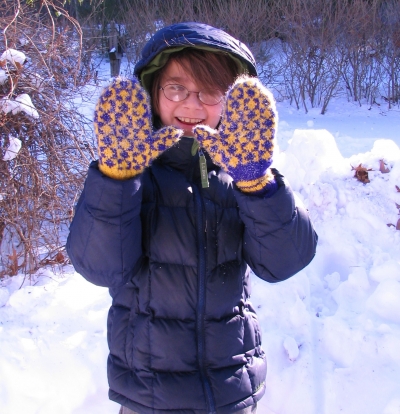
A Mitt Full of Mittens
Here are some more mitten books and patterns. You can click on any of them to buy them direct from Interweave Press.
Folk Mittens: Techniques and Patterns for Handknitted Mittens
$21.95
This book has excellent instructions on making mittens, and traditional patterns from around the world.
$5.50
by Robin Hansen These traditional mittens from "Down East" are knitted oversize and shrunk to make them warmer and more windproof.
$5.50
With stranded colorwork stripes and checks, these mittens are easy to knit and shape.They feature twisted Latvian braid at the cuff, and are sized for women and men.
.
$5.50
Christmas mittens! Stranded colorwork, intarsia, and embroidery, combined with different fibers and colors, add up to these spectacular mittens.
Tell Me About Your Mitten Knitting
Have you ever knit mittens? Or do you have mitten knitting stories? Is there something you'd like me to add? I welcome your comments.


